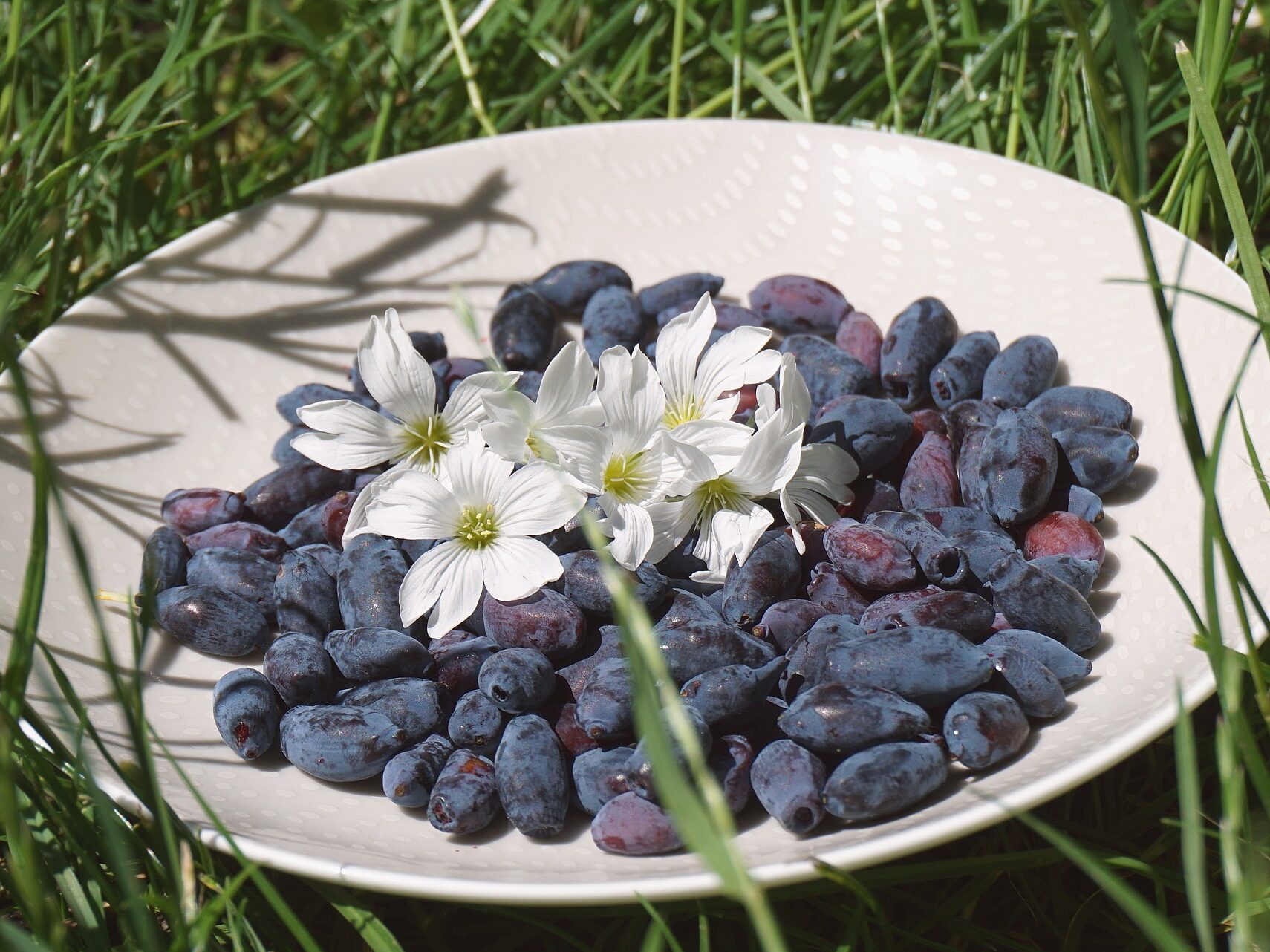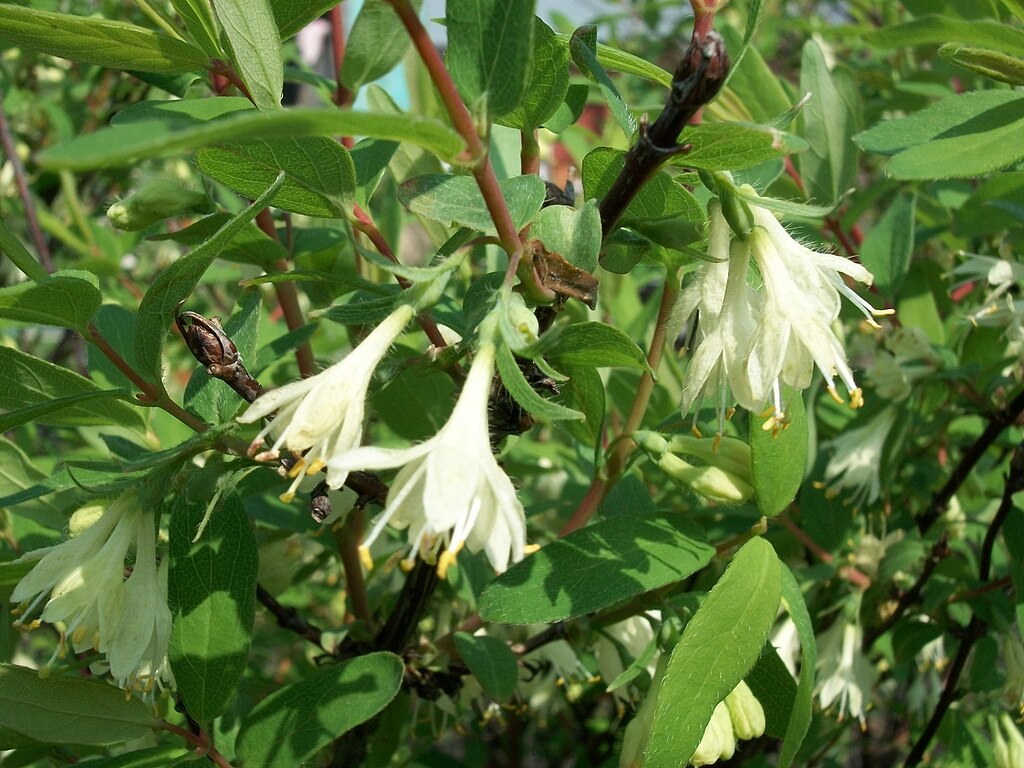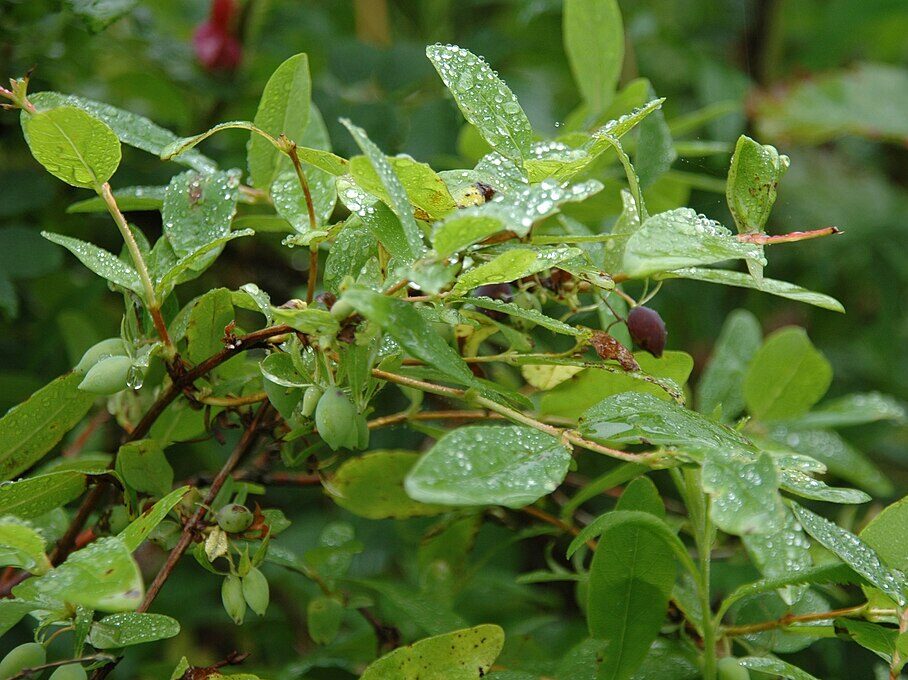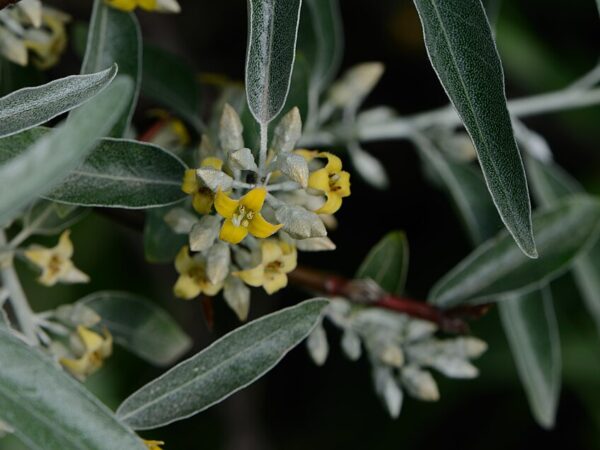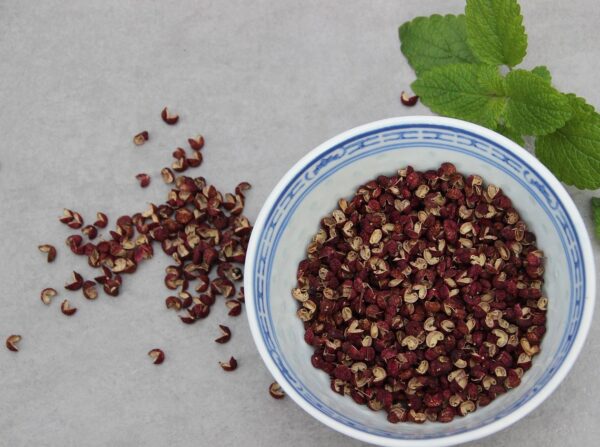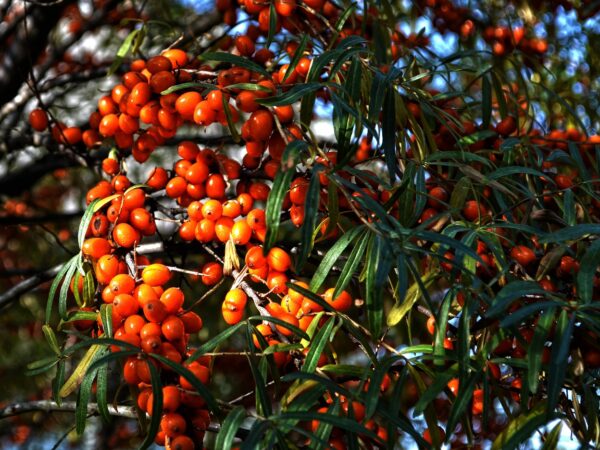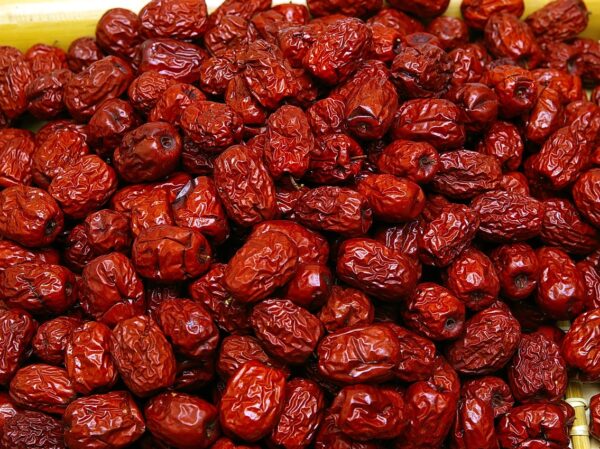Your cart is currently empty!
Additional Info
A primer on growing and caring for Honeyberries:
Cold stratifying seeds using the paper towel method:
Articles:
Growing and caring for Honeyberries – an article
Studies:
Description
This is, without a doubt, hands down, the most popular seed I sell. And I understand the intrigue. Besides being an attractive, compact, productive shrub that produces what’s sure to be called “the next super-fruit” when it finally breaks into the mainstream, it’s also well suited to the colder regions here and is another that produces a berry that’s as good fresh off the bush as it is processed into jams, jellies, wines, etc.
While the flavour will be different in your seed grown Honeyberries, a pretty common suggestion is that they’re a tangy-sweet flavour somewhere between blueberry, blackcurrant, and kiwi. It’s also one of the earliest berry crops to ripen, often ready weeks before strawberries.
The technical bits –
Haskaps are small deciduous shrubs reaching 1.5–2 metres high, with soft green leaves and tubular yellowish flowers that appear very early in spring – even in late winter in some climates. They are cold hardy (down to -45°C) and well suited to areas with cold winters and mild summers. Honeyberries thrive in full sun and moist, well-drained, slightly acidic soils, though they tolerate heavier clays and partial shade.
Fruiting from Seed:
Lonicera caerulea requires cross-pollination between genetically distinct individuals. When growing from seed, expect a mix of traits – including fruit size, flavour, and ripening time. To ensure good fruit set and genetic diversity, grow at least 5-6 seedlings together. Plants typically begin fruiting in 3-4 years.
Cold Stratification & Germination:
Seed requires 2-3 months of cold, moist stratification (1-5°C). After chilling, sow into cool soil (10-18°C). Germination is often slow but reliable given adequate chilling and moisture.
